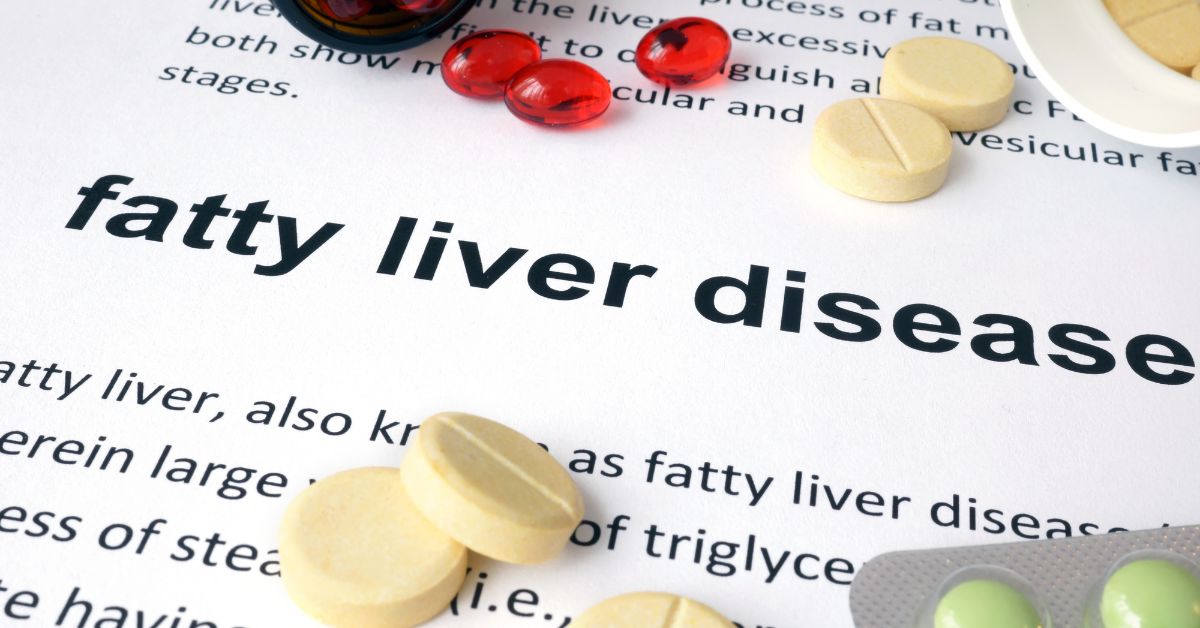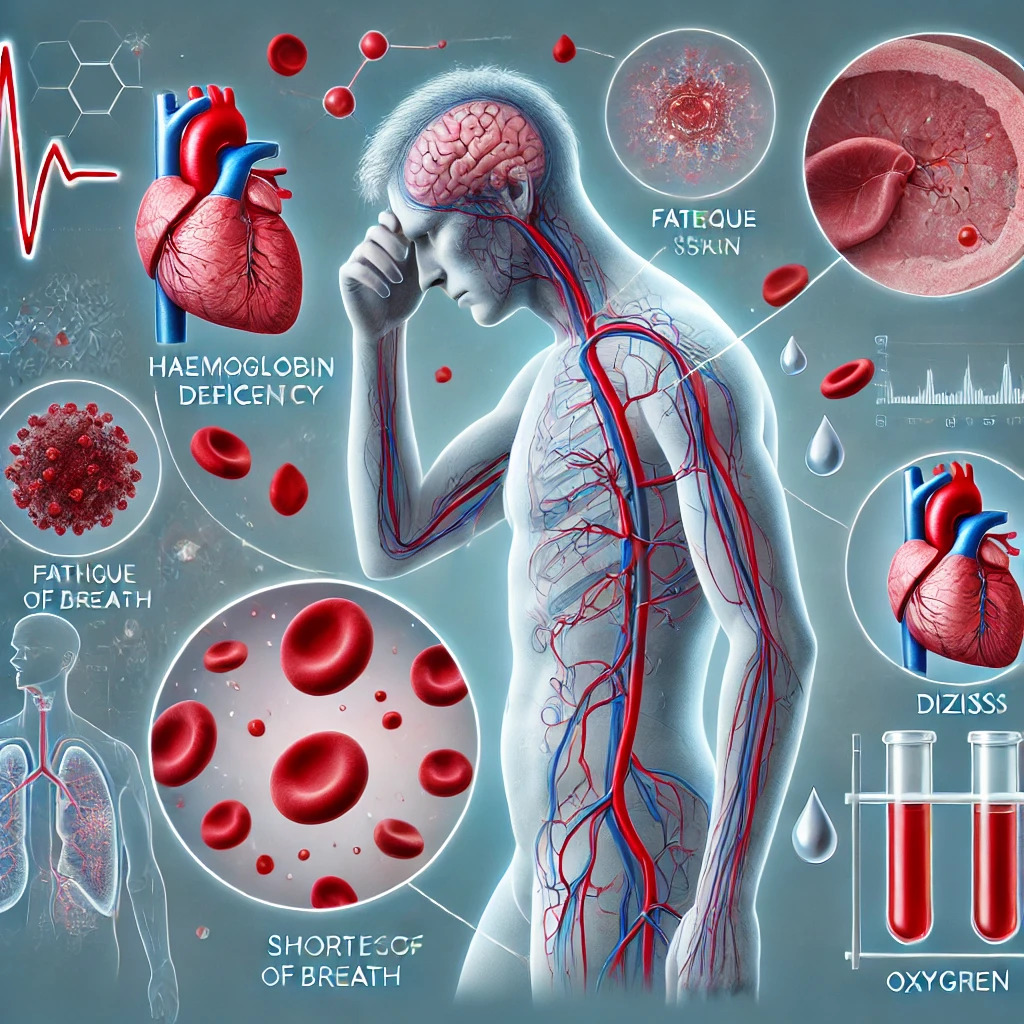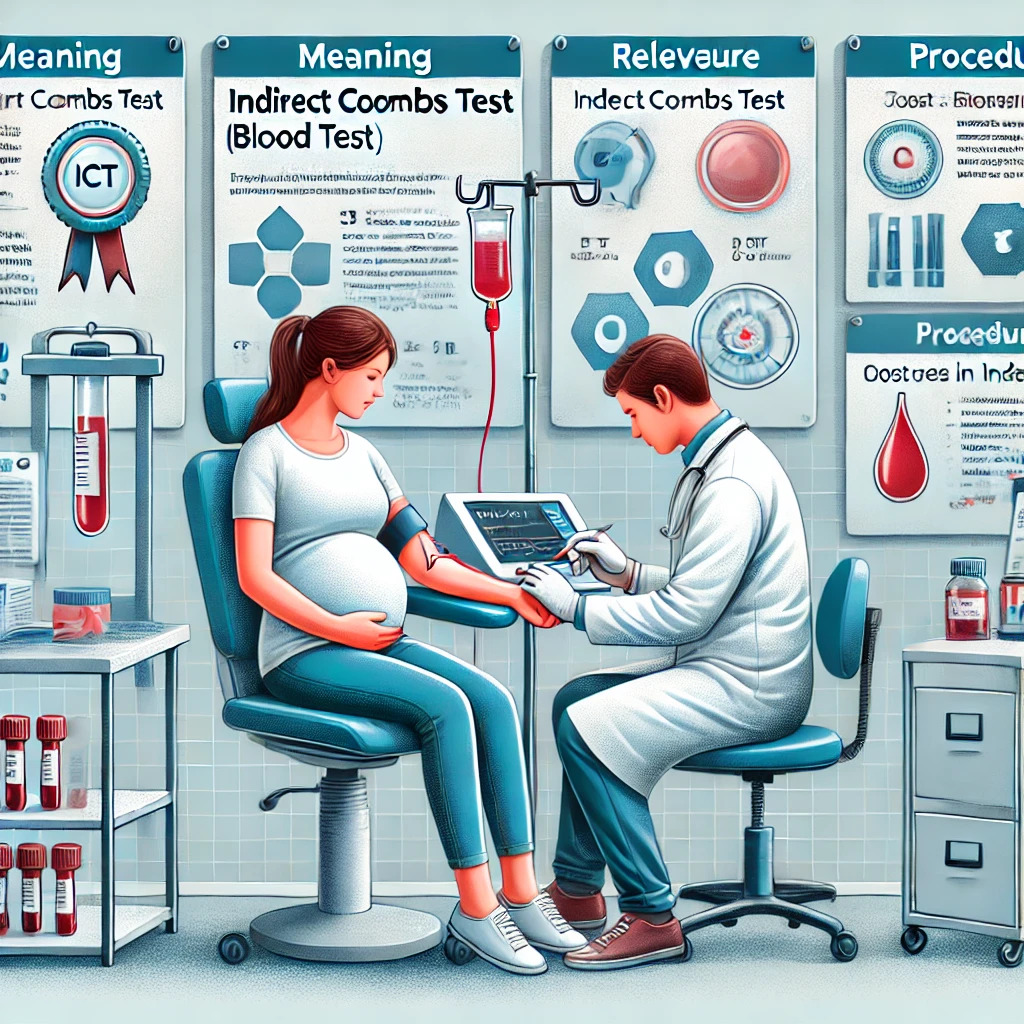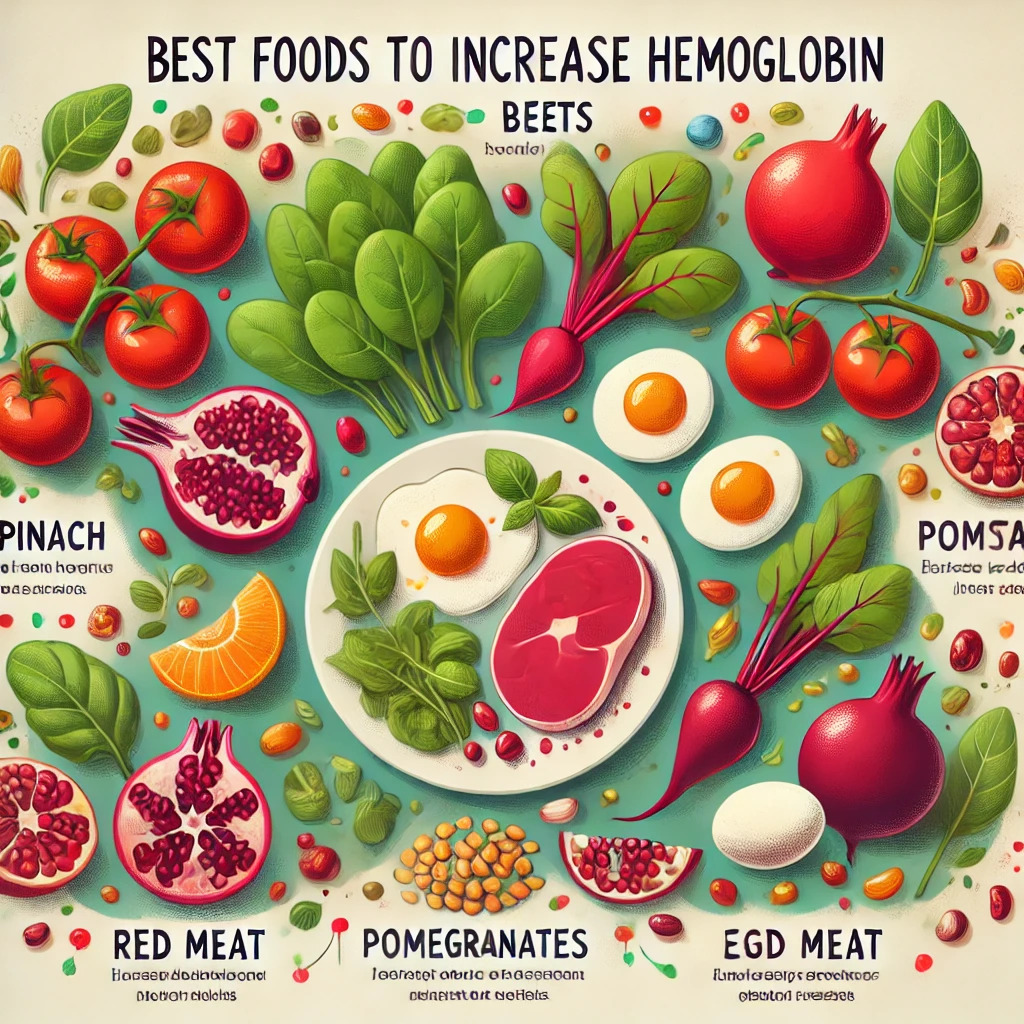What is Grade 2 Fatty Liver Disease, and how is it recognized?

With the rising incidence of non-alcoholic fatty liver disease, people often want to know if grade 2 fatty liver is dangerous. Well, at this stage, the disease is not fatal. This is a transitional stage between fatty liver grade 1, mild, and fatty liver grade 3, which many consider severe.
The liver can still recover from a grade 2 fatty liver with specific interventions. But grade 2 fatty liver can be dangerous if left untreated, as it can progress to grade 3, cirrhosis, liver cancer, and significantly impact both quality and years of life. Early detection of liver disorders can make a huge difference, as the changes are often reversible, and the right interventions can save a person.
In this blog, you will find all the answers about fatty liver disease, grade 2 fatty liver symptoms, causes, treatments, and diagnostic tests. Read on to understand this highly prevalent disease with simple explanations and terms.
What is Grade 2 Fatty Liver Disease, and how is it recognized?
At grade two, fatty liver is at a moderate stage. Fatty liver results from excessive buildup of fat in the liver due to several factors thatthat ultimately impact the liver's functioning.
Fatty liver disease is graded as:
- Grade 1, which is mild
- Grade 2, which is moderate
- Grade 3, which is severe
These are some of the signs that should be present to call it grade 2 fatty liver disease:
- Steatosis: Fat builds up in the liver cells.
- Ballooning of hepatocytes (a type of liver cell) may be seen.
- There may be inflammation in the lobules, which are the functional units of the liver.
- There may be mild to moderate inflammation in the portal veins.
Symptoms of Fatty Liver, Grade 2
Understanding the early signs of fatty liver disease and getting yourself checked regularly if you have risk factors can decrease the risk of fatty liver grade 2.
Fatty liver is almost a silent disease, as most people don't have symptoms or have a few nonspecific symptoms until late into the disease.
Some common symptoms that may be noticed are:
- Fatigue
- Pain or discomfort in the upper abdomen on the right side
- Thirst
- Bloating
- Poor sleep quality or disturbed sleep
When Grade 2 fatty liver progresses to a more severe stage, and there is the development of cirrhosis, there will be liver damage with scarring.
These are some of the symptoms of liver cirrhosis:
- Nausea
- Vomiting
- Loss of appetite
- Itchy skin, also called pruritus
- Jaundice, which is a yellow discolouration that can be seen in the skin and the whites of the eyes,
- Ascites, which is the buildup of fluid in the abdomen
- Easy bleeding
- Cognitive issues like memory problems and disorientation
Risk Factors for Grade 2 Fatty Liver Disease
Here, we are mainly talking about NAFLD, which is a non-alcoholic fatty liver disease. The other disease is alcoholic fatty liver disease, where the leading cause is excessive consumption of alcohol over a prolonged period.
The research for the exact causes of NAFLD is ongoing, and the same causes remain unknown. There are some recognized risk factors, and studies point to a person's genetic makeup as one of the factors. Certain illnesses, health problems, lifestyles, and dietary habits also play a role in the development of fatty liver disease. This is also a part of metabolic syndrome, and the rates are rising for this disease. Modern lifestyles and environments are among the critical factors in the development of metabolic syndrome.
Here are some of the risk factors for grade 2 fatty liver:
- Excess weight
- Hereditary or genetic factors, which are still being researched
- Insulin resistance
- Type 2 diabetes
- High levels of triglycerides
- Dyslipidemia, where higher triglyceride and low HDL numbers play a crucial role. HDL is considered to be good cholesterol. Very high total cholesterol and high LDL may be observed.
- Excess calorie consumption
- Diets rich in fructose
- Digestive system problems, as some studies also point out, involve the role of gut flora.
- Metabolic syndrome, where the waist size is large, triglycerides are high, total cholesterol is high, blood pressure is above the normal range, and insulin resistance or type 2 diabetes may also be present.
- Severe malnutrition
Fatty Liver Grade 2: Diagnosis
For the diagnosis of grade 2 fatty liver, a doctor will take a 3-step approach where the doctor will:
- Take the medical history of the patient.
- Perform a physical examination.
- Order imaging and lab tests.
*O-Lab in Jammu is the best lab for all blood tests for fatty liver disease. You get accurate reporting for liver function tests and other tests at economical prices and with a quick turnaround time.
Taking a patient's medical history for grade two fatty liver disease
Here, the doctor asks the patient about their medical history and present symptoms to determine if risk factors for fatty liver disease are present. The doctor also enquires about lifestyle, dietary habits, medications and supplements a patient may be taking. Family history may also be looked into. A doctor may enquire about alcohol intake to rule out alcoholic fatty liver disease.
Physical examination
A physical examination for ruling out or diagnosing fatty liver disease may include taking a person's weight, calculating BMI, taking blood pressure readings, etc.
The doctor will palpate to look for an enlarged liver; find signs of insulin resistance like darkened skin patches over the elbows, knees, or knuckles, and for signs of advanced disease like an enlarged spleen, fluid in the abdomen, edema in the extremities, muscle loss and bruising, etc.
Imaging and lab tests to diagnose grade 2 fatty liver disease
- Blood tests for diagnosing fatty liver disease include Liver function tests, which include tests for liver enzymes like SGOT and SGPT. Bleeding time and clotting time may be checked too. A complete blood count can show infections, anemia, or platelet abnormalities associated with liver diseases. Lipid profile, fasting blood glucose levels, HbA1c, hepatitis panel, ferritin, and CRP are some other tests that may be ordered.
- Ultrasound, CT, and MRI scans may also be used to check the presence of fat in the liver. Fibroscan is another imaging test that may be used. These tests cannot check for inflammation though.
- A liver biopsy is used when a doctor wants to confirm fatty liver disease; this test can check signs of damage and sometimes the cause.
Why is Grade 2 fatty liver dangerous?
On its own, grade 2 fatty liver is not dangerous, and it is not fatal. It is a stage at which proper intervention can reverse the damage. The risk exists because it is a silent disease. This is why yearly checkups or more frequent checkups for adults with risk factors are needed to look for early signs of fatty liver disease before it can turn serious.
Complications of grade two fatty liver disease include
- Cirrhosis- severe scarring of the liver tissue is seen, which impairs liver function. This can lead to liver failure and requires continuous medical management. A liver transplant may be needed when other interventions fail.
- Cardiovascular disease- as the disease is also linked with metabolic syndrome, there is an increased risk of cardiovascular problems. One may be at risk of heart attack or stroke due to hypertension, atherosclerosis, and insulin resistance.
- Liver cancer- there is an increased risk of developing hepatocellular carcinoma, which will mainly require surgery and chemotherapy. Early detection of liver cancer is crucial.
- End-stage liver disease is the final stage of chronic liver disease, where the liver loses the capacity to function. Severe symptoms and complications are seen. It reduces lifespan, and a liver transplant is necessary for survival.
If you have any concerns about your liver health, you must see a doctor immediately to prevent irreversible damage and complications. It is essential to avoid self-medication. You should take any supplements only after consulting with a healthcare professional, as certain supplements can be hepatotoxic, which means they can be toxic to the liver.
Grade 2 Fatty Liver Treatment
The best medicine for grade 2 fatty liver is not truly a medicine but prevention or damage-reversing strategies. There are no specific medicines for fatty liver disease, but a doctor may give or adjust medication for risk factors like insulin resistance, dyslipidemia, hepatitis, etc.
Once you have fatty liver disease, you will be advised to:
- Lose weight as this helps to reduce fat buildup in the liver, reduce inflammation, and decrease scarring. Even a 3-5% weight reduction can reduce fat in the liver. More weight loss is required to reduce inflammation and scarring.
- Become physically active.
- Make healthy choices, including fresh vegetables, fruits, natural protein sources, and fibre. You will be advised to include foods rich in healthy fats like omega-3 fatty acids in your diet, and also foods rich in antioxidants.
- Limit the consumption of ultra-processed foods and foods with added fructose.
- Stop drinking alcohol.
- Take statins if your cholesterol is high.
- Take medicines for controlling diabetes.
- Take medicine for insulin resistance and metabolic syndrome.
- Vitamin E
If the disease progresses and cirrhosis develops, then a liver transplant may become necessary.
A person with liver issues like fatty liver disease mustn't take any medicines or supplements on their own, even to reverse the disease. Medicines or combinations of certain medications can be harmful to the liver.
Conclusion
There is no doubt that fatty liver grade 2 is a severe disease, but at the same time, it is curable. It becomes untreatable only when it progresses to a more severe stage with irreversible changes. It is easily prevented by engaging in physical activities like exercise, sports, yoga, etc.; by eating a nutritious and balanced diet where you don't consume too many excess calories; by taking a proactive approach to maintaining an average weight for your age, gender, and height; and by getting regular medical checkups.
Whenever you have concerns about your liver health, it is best to consult a doctor and a dietician. They can help you manage symptoms, reduce the risk of complications from fatty liver disease, and reverse grade 1 or 2 fatty liver disease.
Blood tests for fatty liver disease are simple. At O-Lab in Jammu, we provide individual blood tests and packages for different diseases at reasonable prices to help you manage your health best. We also provide a sample collection at home and are happy to answer your queries.
FAQs
- What is fatty liver grade 2 recovery time?
The recovery time for grade 2 fatty liver will vary based on factors like the underlying cause, extent and effectiveness of lifestyle changes, overall health status, etc. Six months to 1 year may be enough for significant changes with effective lifestyle modifications for most people who don't have chronic conditions. If there is fibrosis, several years may be needed for reversal and recovery.
- When can Grade 2 fatty liver be treated?
This condition is treatable for most people with the right lifestyle changes and medical management. Most people will see significant improvement or even reversal of fatty liver disease at this stage with the right interventions. The timeframe for recovery is variable as some people may have chronic conditions and non-modifiable risk factors, while some may have modifiable risk factors and no chronic conditions. A doctor is the best guide for you.
- Is grade 2 fatty liver a painful condition?
In most cases, it is a silent disease that does not cause discomfort at this stage. Some people may have digestive issues and pain in the upper right abdomen.





